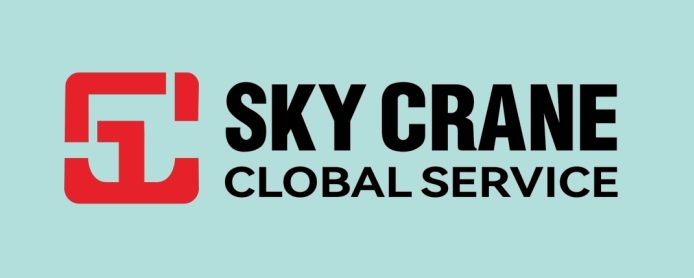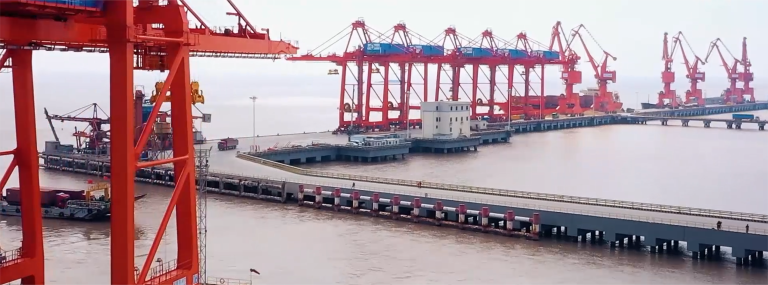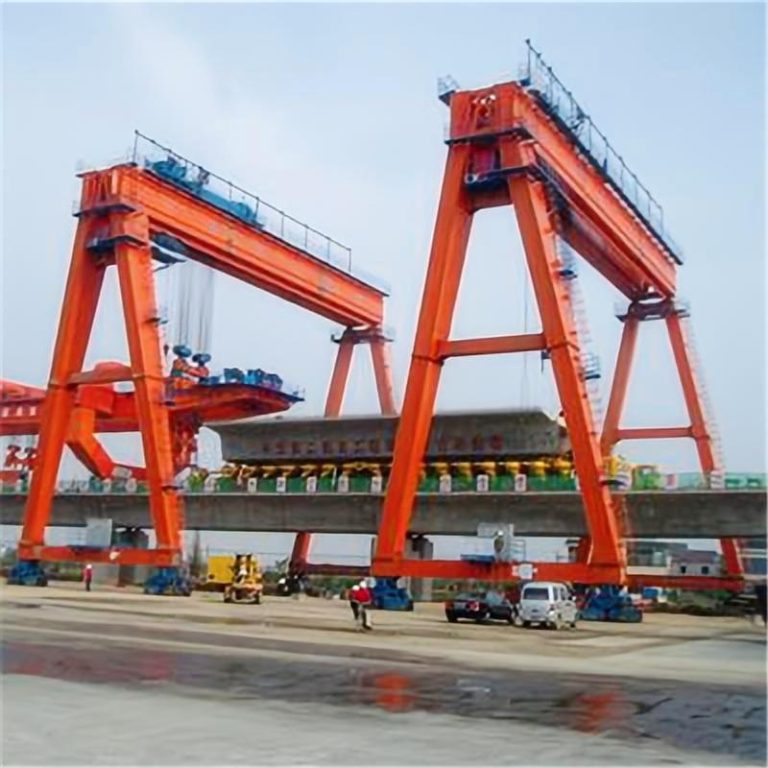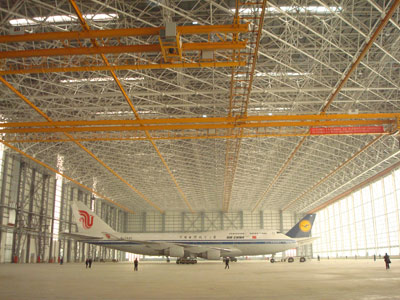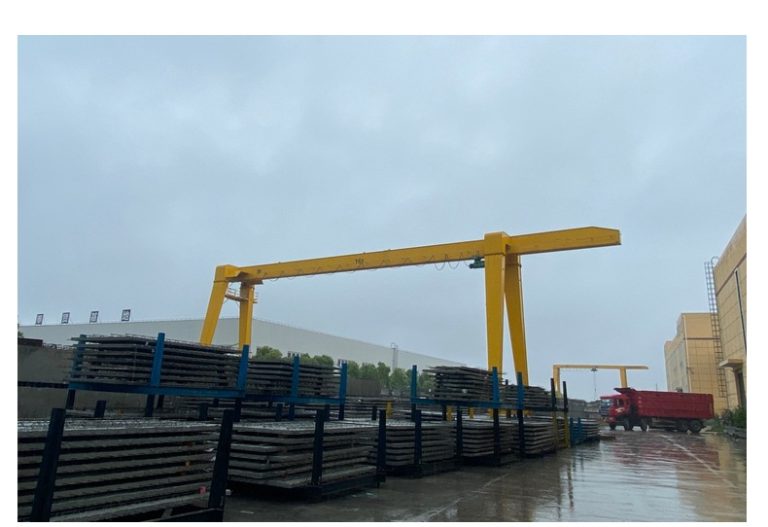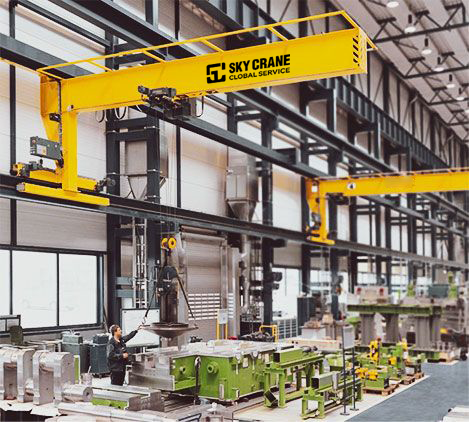Table of Contents
Benefits of Using Advanced Lifting Equipment for Port Operations
Ports are bustling hubs of activity, with ships coming and going, cargo being loaded and unloaded, and workers scurrying about to ensure everything runs smoothly. In such a fast-paced environment, having the right equipment is crucial to keeping operations running efficiently. One type of equipment that is essential for port operations is lifting equipment. Lifting equipment is used to move heavy loads from one place to another, making it easier and safer for workers to handle cargo.
There are many benefits to using advanced lifting equipment in port operations. One of the main advantages is increased efficiency. Advanced lifting equipment is designed to handle heavy loads quickly and safely, allowing workers to move cargo more efficiently. This can help reduce turnaround times for ships, leading to increased productivity and profitability for the port.
Another benefit of using advanced lifting equipment is improved safety. Handling heavy loads manually can be dangerous, as it puts workers at risk of injury. Advanced lifting equipment is designed with safety features such as overload protection and emergency stop buttons, reducing the risk of accidents and injuries. This not only protects workers, but also helps to minimize downtime and costly repairs.
| Serial Number | Article Name |
| 1 | QD OVERHEAD CRANE WITH HOOK CAP.5-800/150T |
| 2 | Rail – mounted Gantry Crane |
| 3 | European-style crane |
| 4 | Harbour crane |
In addition to increased efficiency and improved safety, advanced lifting equipment can also help reduce operating costs for ports. By automating the process of moving heavy loads, ports can save on labor costs and increase overall productivity. This can lead to significant cost savings over time, making advanced lifting equipment a smart investment for port operators.
One type of advanced lifting equipment that is commonly used in ports is the container crane. Container cranes are large, specialized cranes that are used to load and unload shipping containers from ships. These cranes are equipped with advanced technology such as automated stacking systems and remote control operation, making them highly efficient and safe to use.
Another type of lifting equipment that is essential for port operations is the reach stacker. Reach stackers are versatile machines that are used to lift and move containers within the port yard. These machines are equipped with telescopic booms and hydraulic systems, allowing them to handle heavy loads with ease. Reach stackers are also highly maneuverable, making them ideal for navigating tight spaces in the port yard.
Overall, the benefits of using advanced lifting equipment for port operations are clear. Increased efficiency, improved safety, and reduced operating costs are just a few of the advantages that come with investing in advanced lifting equipment. Ports that utilize advanced lifting equipment are better equipped to handle the demands of a fast-paced and competitive industry, ensuring that operations run smoothly and efficiently.
In conclusion, lifting equipment plays a crucial role in the success of port operations. By investing in advanced lifting equipment, ports can increase efficiency, improve safety, and reduce operating costs. With the right equipment in place, ports can handle heavy loads with ease, ensuring that cargo is moved quickly and safely. Advanced lifting equipment is a smart investment for ports looking to stay competitive in today’s fast-paced shipping industry.
Key Features to Look for When Choosing Lifting Equipment for Ports
Lifting equipment plays a crucial role in the operations of ports around the world. From loading and unloading cargo to moving containers and heavy machinery, the right lifting equipment can make a significant difference in efficiency and safety. When it comes to choosing lifting equipment for ports, there are several key features that manufacturers should consider to ensure they are getting the best equipment for their needs.
One of the most important features to look for when choosing lifting equipment for ports is capacity. Ports handle a wide range of cargo, from small packages to large containers, so it is essential to choose equipment that can handle the weight and size of the items being lifted. Manufacturers should consider the maximum weight capacity of the equipment, as well as the size of the lifting area to ensure that it can accommodate the cargo being handled.
Another important feature to consider is the reach of the lifting equipment. Ports often have varying heights and distances that need to be reached, so it is essential to choose equipment that can reach the necessary heights and distances. Manufacturers should consider the maximum reach of the equipment, as well as any additional features such as telescoping booms or adjustable heights that can help increase the reach of the equipment.
Safety is also a critical factor to consider when choosing lifting equipment for ports. Ports can be busy and hazardous environments, so it is essential to choose equipment that is designed with safety in mind. Manufacturers should look for features such as overload protection, emergency stop buttons, and safety interlocks that can help prevent accidents and injuries. Additionally, manufacturers should ensure that the equipment meets all relevant safety standards and regulations to ensure the safety of workers and cargo.
Durability is another key feature to consider when choosing lifting equipment for ports. Ports operate in harsh environments with heavy use, so it is essential to choose equipment that is built to last. Manufacturers should look for equipment that is made from high-quality materials, such as steel or aluminum, that can withstand the rigors of daily use. Additionally, manufacturers should consider features such as corrosion resistance and weatherproofing that can help extend the lifespan of the equipment.
Ease of use is also an important factor to consider when choosing lifting equipment for ports. Ports are fast-paced environments, so it is essential to choose equipment that is easy to operate and maintain. Manufacturers should look for features such as intuitive controls, easy-to-read displays, and quick-change attachments that can help streamline operations and reduce downtime. Additionally, manufacturers should consider features such as remote control capabilities or automation that can help increase efficiency and productivity.
In conclusion, there are several key features that manufacturers should consider when choosing lifting equipment for ports. Capacity, reach, safety, durability, and ease of use are all essential factors to consider to ensure that the equipment meets the needs of the port and its operations. By carefully considering these features, manufacturers can choose the best lifting equipment for their needs and help improve efficiency, safety, and productivity in the port environment.
How Lifting Equipment Manufacturers are Innovating to Meet Port Industry Needs
Lifting equipment plays a crucial role in the operations of ports around the world. From loading and unloading cargo to moving containers and heavy machinery, the efficiency and safety of port operations depend on the quality and reliability of the lifting equipment used. As the demands of the port industry continue to evolve, lifting equipment manufacturers are constantly innovating to meet these changing needs.
One of the key trends in the lifting equipment industry is the development of advanced technologies that improve the efficiency and safety of port operations. For example, many manufacturers are incorporating automation and remote control capabilities into their lifting equipment, allowing operators to control the equipment from a safe distance and reducing the risk of accidents. These technologies also help to increase the speed and accuracy of operations, leading to greater productivity and cost savings for port operators.
Another important innovation in the lifting equipment industry is the development of eco-friendly solutions. With increasing concerns about environmental sustainability, many manufacturers are focusing on reducing the carbon footprint of their equipment. This includes using energy-efficient motors, incorporating renewable energy sources, and designing equipment that produces less noise and emissions. By investing in eco-friendly lifting equipment, port operators can not only reduce their environmental impact but also save on operating costs in the long run.
In addition to technological advancements, lifting equipment manufacturers are also focusing on improving the durability and reliability of their products. Ports operate in harsh and demanding environments, with equipment being exposed to heavy loads, corrosive materials, and extreme weather conditions. To ensure that their equipment can withstand these challenges, manufacturers are using high-quality materials, advanced engineering techniques, and rigorous testing procedures. This results in lifting equipment that is not only more durable but also requires less maintenance and downtime, leading to increased operational efficiency for port operators.

Furthermore, lifting equipment manufacturers are also paying attention to the ergonomics and user-friendliness of their products. Port operators often have to work long hours in challenging conditions, so it is important that the equipment they use is comfortable and easy to operate. Manufacturers are designing lifting equipment with features such as adjustable controls, ergonomic handles, and intuitive interfaces to make the operator’s job easier and more efficient. By prioritizing user comfort and safety, manufacturers are not only improving the working conditions of port operators but also increasing the overall productivity of port operations.
Overall, lifting equipment manufacturers are continuously innovating to meet the evolving needs of the port industry. By incorporating advanced technologies, eco-friendly solutions, durability enhancements, and user-friendly features into their products, manufacturers are helping port operators to improve efficiency, safety, and sustainability. As the demands of the port industry continue to grow, lifting equipment manufacturers will play a crucial role in shaping the future of port operations around the world.
